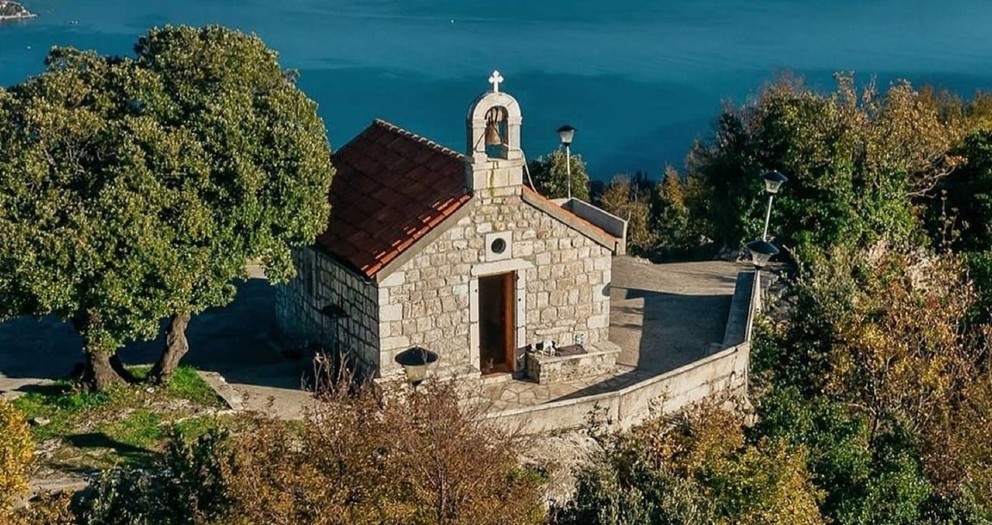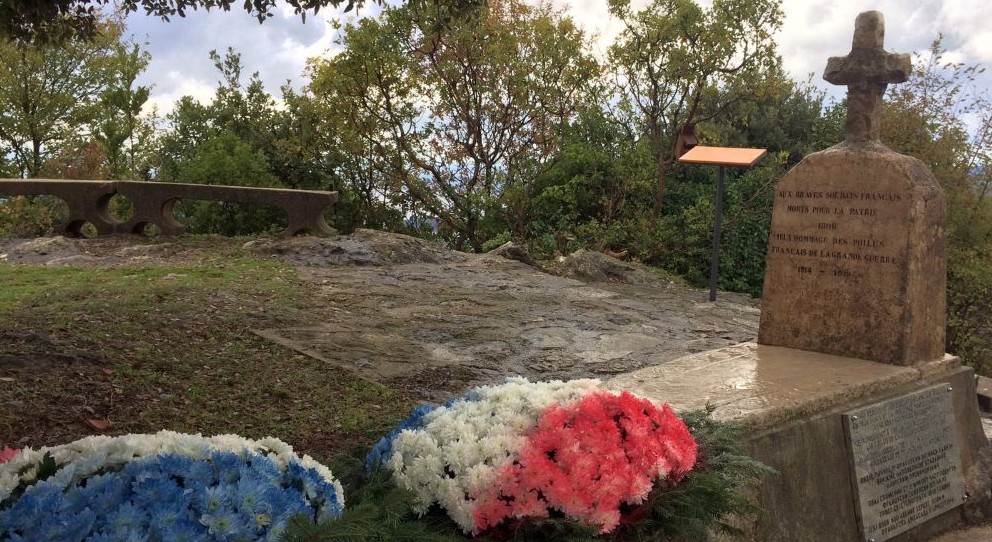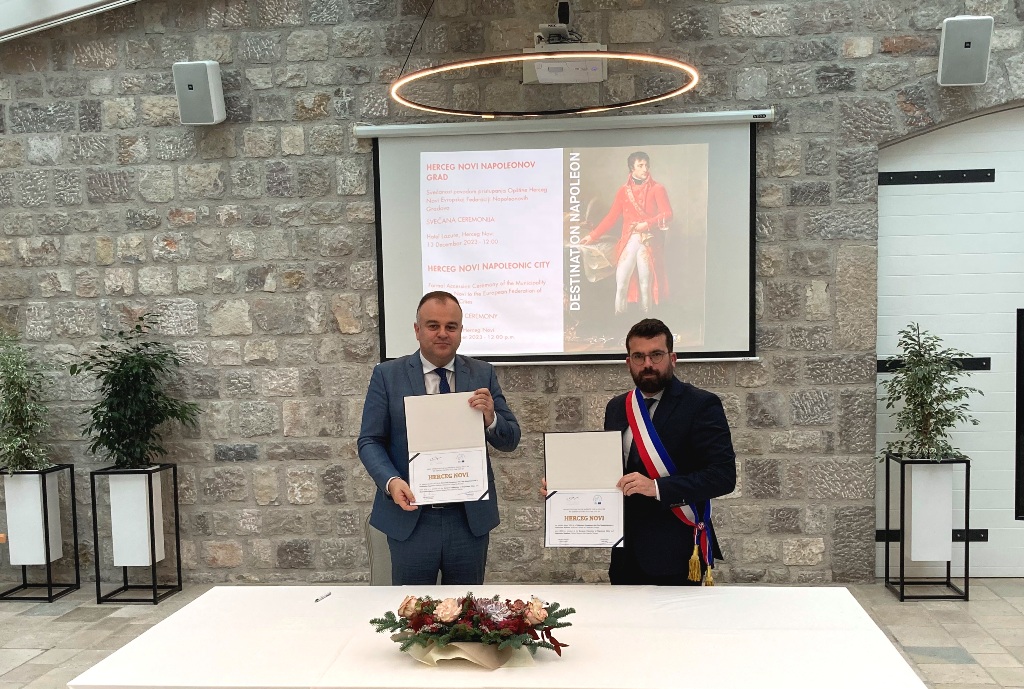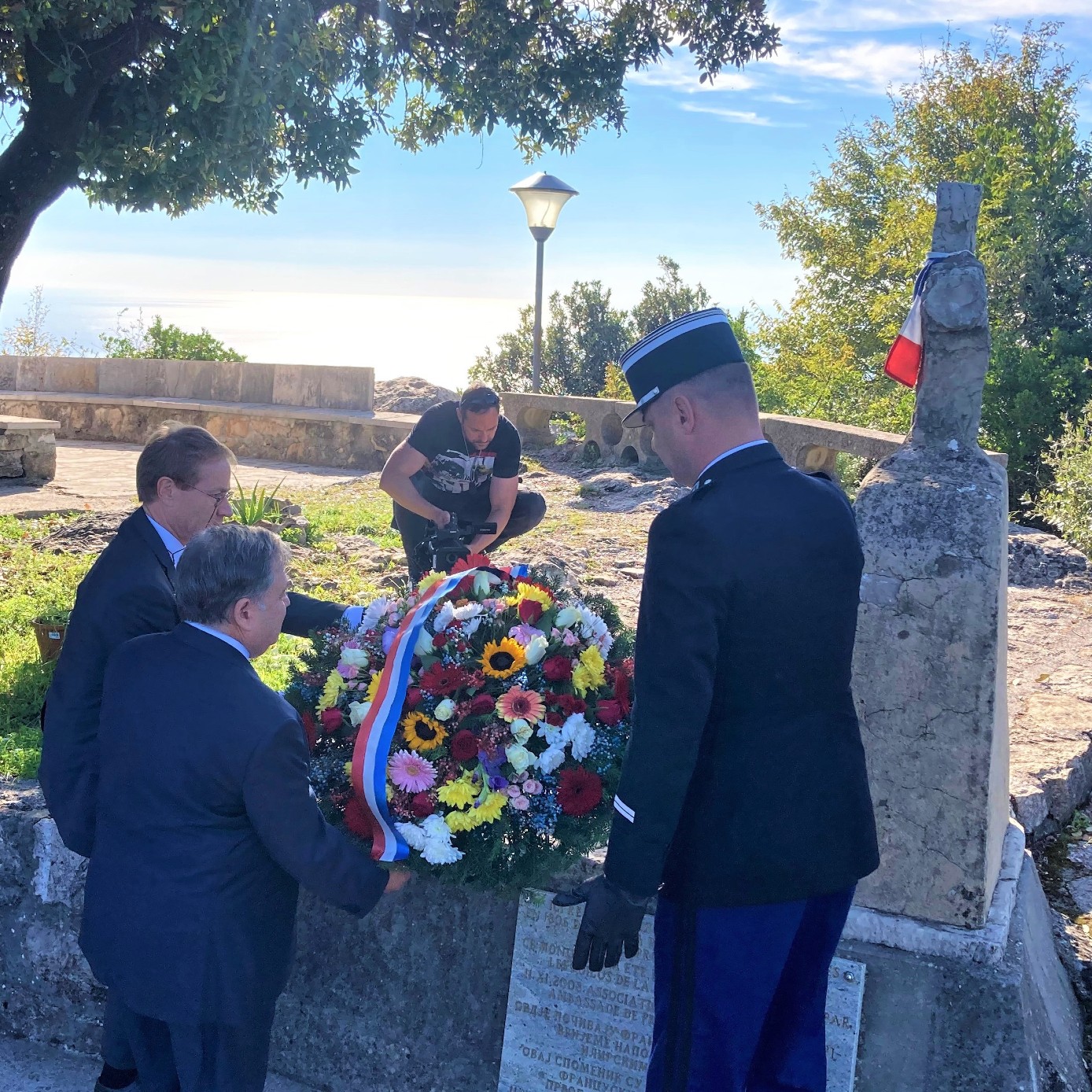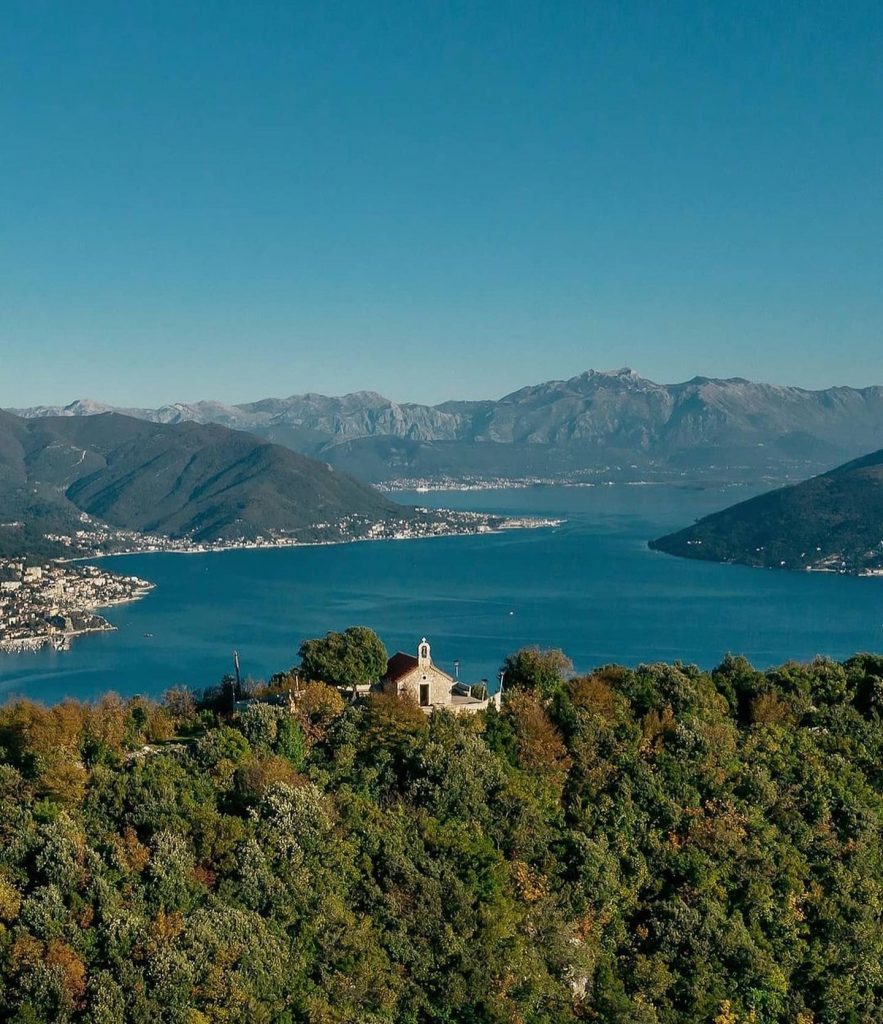Herceg Novi
The town's history is closely linked to that of Dalmatia and the Illyrian provinces of the First Empire. On 7 July 1807, following the Treaty of Tilsit signed by Tsar Alexander I and Emperor Napoleon I, Herceg Novi and its region came under French administration. To this day, a monument to the memory of the French soldiers who died in the battles in the mouths of Kotor stands on the Ilinica hill.

Herceg Novi lies at the entrance to the Bouches de Kotor. In 1919, the soldiers of Order 126 of the French army, Les Poilus d'Orient, who had taken part in the battles in Montenegro during the First World War, erected a monument in memory of the French soldiers who had died during the Napoleonic Wars.
Located on the Ilica hill near the church of Saint-Élie, the monument pays tribute to the soldiers who died when Napoleon's general, Auguste de Marmont, set out from Dubrovnik to invade the Bouches du Kotor.
The Battle of Heceg Novi was fought between 30 September and 2 October 1806. Nej, Marmont's aide-de-camp, lost his life and is buried in Ilinica. After the signing of the Tilsit peace treaties, France ruled the territory of Herceg Novi from 25 June 1807b to 25 October 1813.
Every year, the town and the French Embassy hold a ceremony on 11 November to commemorate the soldiers and victims, both military and civilian, but also the deep ties that unite France and Montenegro.
All members
Ajaccio . Ancona . Almeida . Aranjuez . Rota Hisórica das Linhas de Torres" Association . Autun . Auxonne . Bolesławiec . Braine l'Alleud . Calvi . Colpo . Corfu . Corte . Coudekerque-Branche . Cuneo . Fleurus . Grossbeeren . Herceg Novi . Hövelhof . Jena . Ierapetra . La-Roche-sur-Yon . Lidzbark Warminski . Limbiate . Lucca . Mali Losinj . Milna . Monterau-Fault-Yonne . Monza . Orebić . Palazzo Reale - Milano . Paris . Petrinja . Plymouth . Pontivy-Communauté . Portoferraio . Rueil-Malmaison . Sarzana . Slunj . Sombreffe-Ligny . Val de Louyre and Caudeau . Vitoria-Gasteiz .

